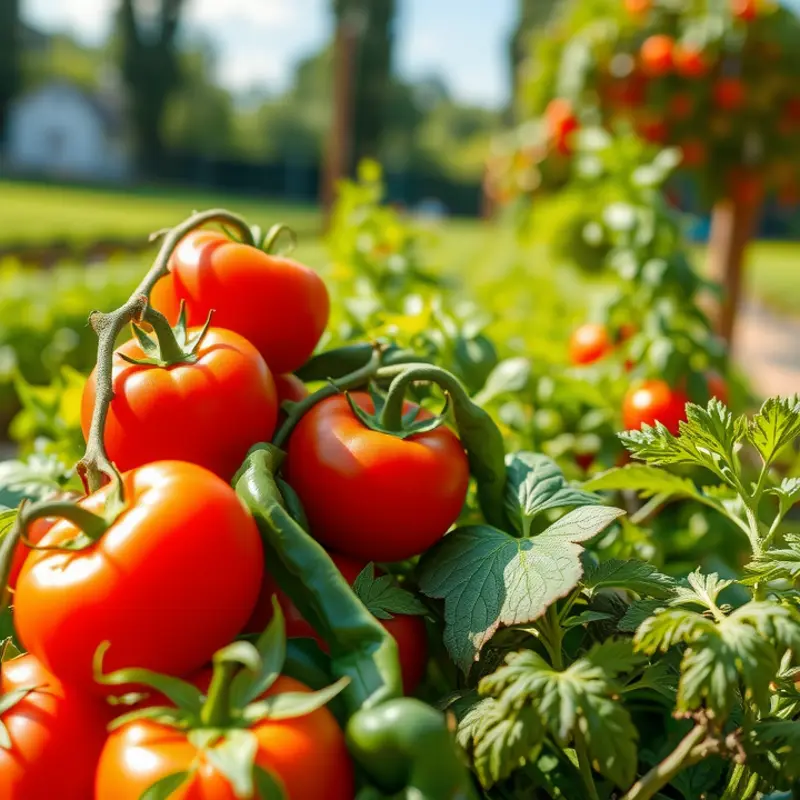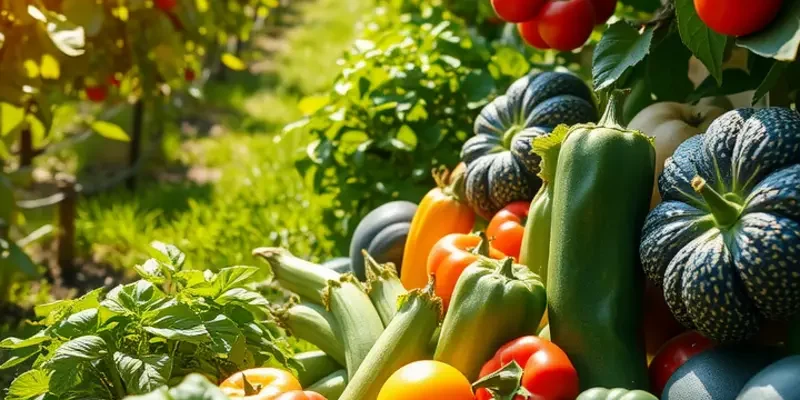Unlocking the rich flavors and aromas in your cooking can transform everyday meals into culinary delights. By understanding how to maximize pan flavor, home cooks of all levels can create dishes that burst with taste and intrigue. This guide provides practical techniques that focus on improving your cooking by highlighting the importance of your pan, the ingredients, and the methods used. Let’s dive into the world of flavor and discover how to elevate every meal!
Choosing the Right Pan for Flavor

Cooking with the right pan can significantly elevate your culinary creations by enhancing depth and complexity of flavors. As you experiment in the kitchen, consider the various types of pans available and how they influence the taste and texture of your dishes.
Stainless steel, cast iron, and non-stick are three popular materials, each offering distinct advantages and drawbacks. Stainless steel pans are renowned for their durability and even heat distribution. They are perfect for browning and deglazing, which adds rich layers of flavor to your dishes. However, they require preheating to avoid food sticking. It’s essential to give the pan a generous amount of time to reach the right temperature before introducing your ingredients.
Cast iron is celebrated for its excellent heat retention, making it ideal for dishes requiring consistent heat, like searing steaks or slow-cooking stews. A well-seasoned cast iron pan can impart a subtle, unique flavor. Seasoning involves coating the pan with oil and heating it, creating a non-stick layer. Regular maintenance through proper cleaning and oiling preserves the non-stick surface, ensuring the longevity of the pan and enhancing flavor over time.
On the other hand, non-stick pans offer convenience, especially for delicate items like eggs and pancakes. While they facilitate easy cleanup and require less oil, they are less effective at high-heat cooking and flavor development compared to other materials. Overheating non-stick pans can damage the coating, so it’s essential to use them within their ideal temperature range to maintain their integrity and ensure safety.
Regardless of the material, preheating your pan is a critical step in cooking. This process ensures even heat distribution, allowing you to achieve a perfect sear while preventing food from sticking. Moreover, maintaining your pans is paramount, as it maximizes their performance and lifespan. For example, avoid using metal utensils on non-stick surfaces, and ensure thorough drying of cast iron pans to prevent rust.
As you select and maintain your cookware, remember that the pan you choose can transform your cooking experience. For those interested in reducing waste and maintaining an eco-friendly kitchen, learning about sustainable storage practices can complement your cooking endeavors. Check out some eco-smart kitchen storage tips to optimize your cooking and storage solutions simultaneously. Whether you’re browning, searing, or gently sautéing, choosing the right pan is a pivotal factor in unlocking the secrets of pan flavor and elevating your home-cooked meals.
Cooking Techniques That Boost Flavor

Browning is an essential method to intensify flavor. This involves cooking food at a high temperature until it forms a crispy, caramelized crust. The Maillard reaction, a chemical reaction between amino acids and reducing sugars, leads to this delicious crust and adds a nutty, complex taste to meats and vegetables. Whether searing a steak or roasting carrots, ensure the surface is dry to encourage even browning. Use a hot pan and don’t overcrowd it to allow the heat to circulate.
Creating fond, the browned bits at the bottom of the pan, is another technique to enhance flavor. Fond forms during browning and harbors concentrated savory notes. After searing meat, remove it from the pan to prevent burning, and use fond to your advantage by deglazing.
Deglazing involves adding liquid to a hot pan to dissolve the fond, capturing its concentrated essence. Wine, stock, or even water can be used. This process not only cleans the pan but also enriches the dish by integrating deep flavors into sauces. Try deglazing with white wine when making chicken piccata, and let the alcohol simmer off for a balanced sauce. For more ideas on sauce enhancements, visit this guide on easy sauce simmering.
Choosing the right fat is equally important in flavor development. Different fats—oils, butter, lard—have distinct smoke points and flavor profiles. Butter adds creaminess and a dairy note, but it can burn easily. Meanwhile, neutral oils like grapeseed are suitable for high-heat cooking without altering the dish’s flavor. For added depth, combine fats, such as starting with butter for flavor and finishing with oil to prevent burning.
Seasonings and herbs are pivotal in rounding out the flavor profile of any dish. Salt enhances the natural flavors, while herbs introduce complexity. Fresh herbs like basil or parsley impart brightness when added at the end of cooking. In contrast, dried herbs offer a robust flavor when cooked longer, making them perfect for roasted dishes. Experiment with spice blends, such as cumin and coriander for a warm, earthy touch in stews.
Here’s a practical recipe to illustrate these concepts: Sautéed mushrooms with herbs. Begin by heating a mixture of olive oil and butter in a pan. Add sliced mushrooms, ensuring not to crowd the pan, and brown them thoroughly. Remove the mushrooms, then deglaze the pan with a splash of sherry. Let it reduce slightly before returning the mushrooms. Finish with salt, pepper, and a pinch of thyme for a simple yet flavor-packed dish.
Mastering these techniques transforms ordinary meals into culinary delights, as you harness the power of browning, create depth with deglazed sauces, and intelligently choose your fats and flavors.
Final words
Maximizing pan flavor is an art that every home cook can master through understanding their cookware and employing effective cooking techniques. By selecting the right pan and applying methods such as browning and deglazing, you can significantly enhance the flavors in your dishes. Remember, cooking is not just about following recipes; it’s about exploration and expression. Embrace these tips and watch as your culinary creations transform into delicious masterpieces. With practice and the right techniques, the flavors you bring to life in your kitchen are boundless!







